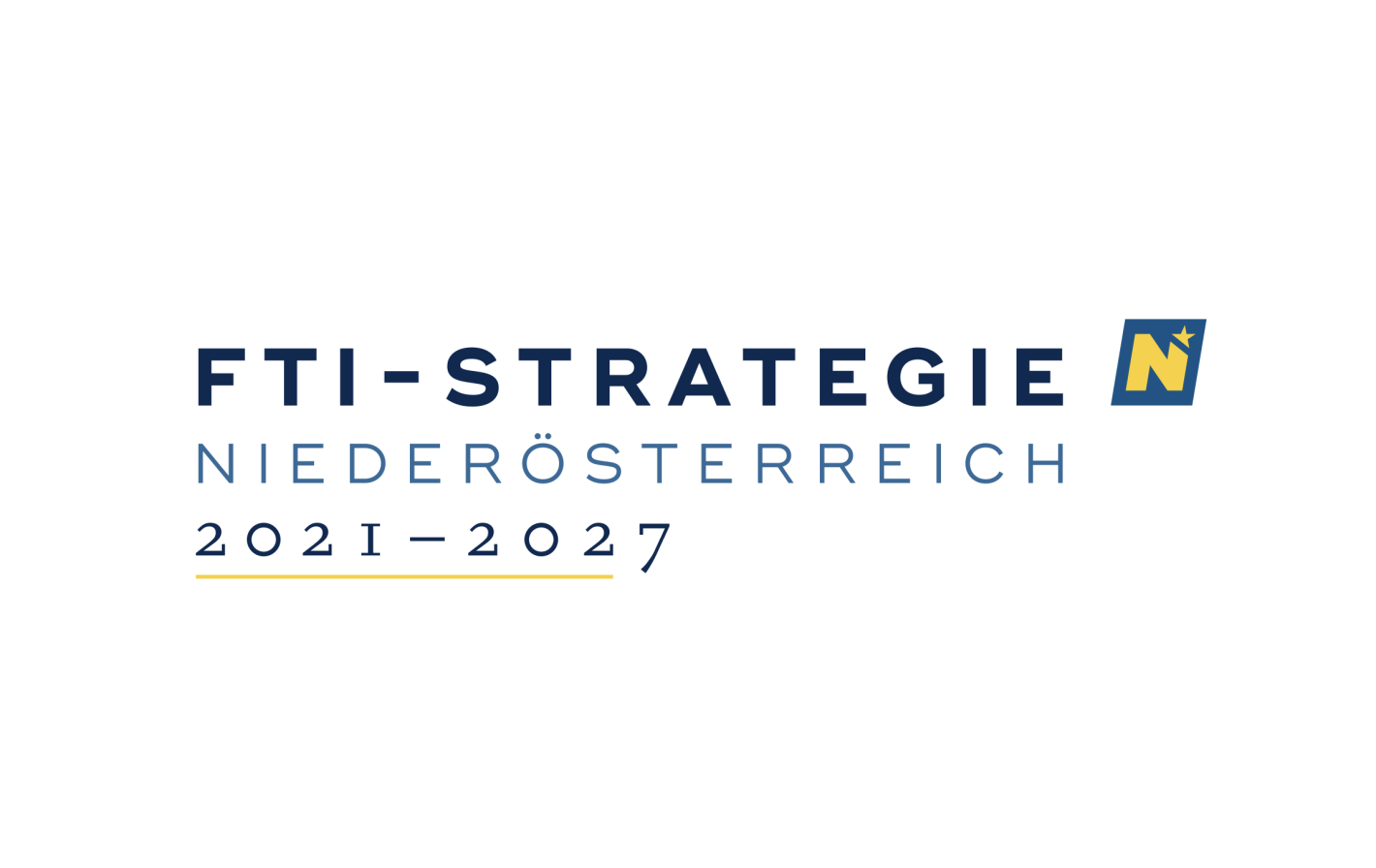Membranen auf Nanofaserbasis zur CO2-Abscheidung (nanoMEM)

Lead partner:
CEST Kompetenzzentrum für elektrochemische Oberflächentechnologie
Scientific management:
Ioana Carmen Vladu
Additional participating institutions:
Wood K plus Kompetenzzentrum Holz GmbH
Research field:
Geistes-, Sozial- und Kulturwissenschaften
Ökosysteme und Ökosystemdienstleistungen
Nachhaltige Landbewirtschaftung und Produktionsoptimierung
Materialen und Oberflächen
Funding tool: Basic research projects
Project-ID: FTI19-005
Project start: 01. November 2020
Project end: will follow
Runtime: 24 months / finished
Funding amount: € 199.224,00
Brief summary:
One of the huge threats our planet is facing is the climate change. Catastrophic effects predicted to result from climate change such as global warming, melting of glaciers, increase of the sea level, species disappearance, pollution, economic disruption, and starvation needs to be mitigated. In order to overcome these problems, the effects of greenhouse gasses, especially CO2 have to be mitigated. One promising technology is CO2 capture, transportation and storage (CCTS). CO2 capture technologies are available on the market, but they have generally high costs, accounting for more than 70% of the total costs of a full CCTS system. Novel materials and technologies need to be developed for CO2 capture and storage in order to make this technology more cost efficient.
Thanks to their properties (e.g. lower capital and processing costs, smaller unit size, simple operation, better energy efficiency, easy up-scalable, lower environmental impact, process flexibility, continuous operation) membranes proved to be a viable technical approach for CO2 capture. The innovative solution proposed by nanoMEM project is the use of electrospinning technique to produce nanofiber-based membrane. The main property of the electrospun nanofiber that will be exploited is their very high surface area. Further post-processing (e.g. calcination) of the nanofibers will highly increase the porosity, thermal stability and chemical characteristics. Among the main benefits of nanofiber-based membranes their high absorption capacity, high selectivity, stable performance during absorption/desorption cycling and the cost reduction for CO2 capture has to be highlighted.
The innovative approach proposed by the nanoMEM project will offer a trustworthy, cost effective and alternative solution for reducing the negative effects of CO2 emission, especially reducing risks for human health and for the environment. The results of the nanoMEM are precisely fitting the Lower Austria strategy and objectives for climate and energy plan for 2020 to 2030.

